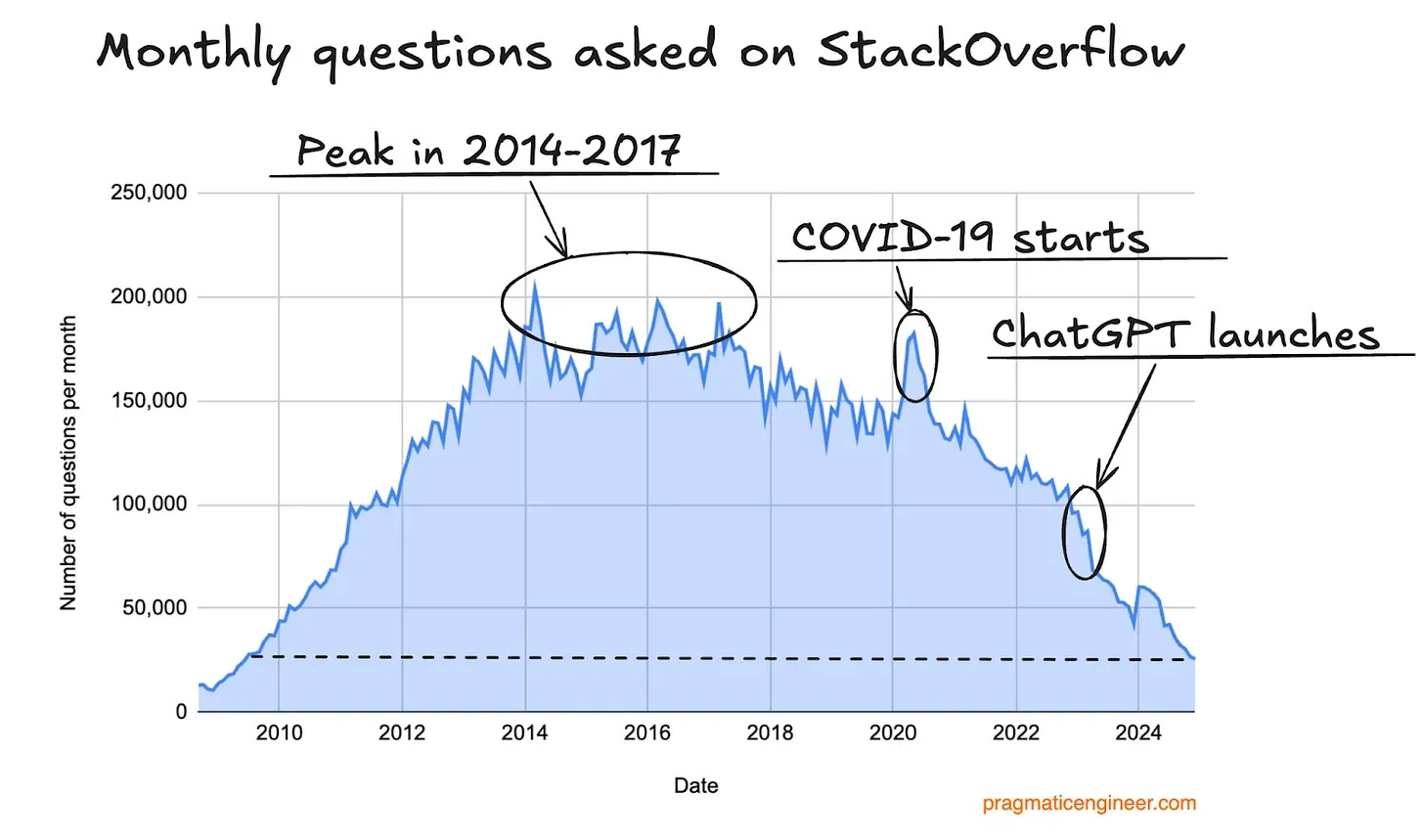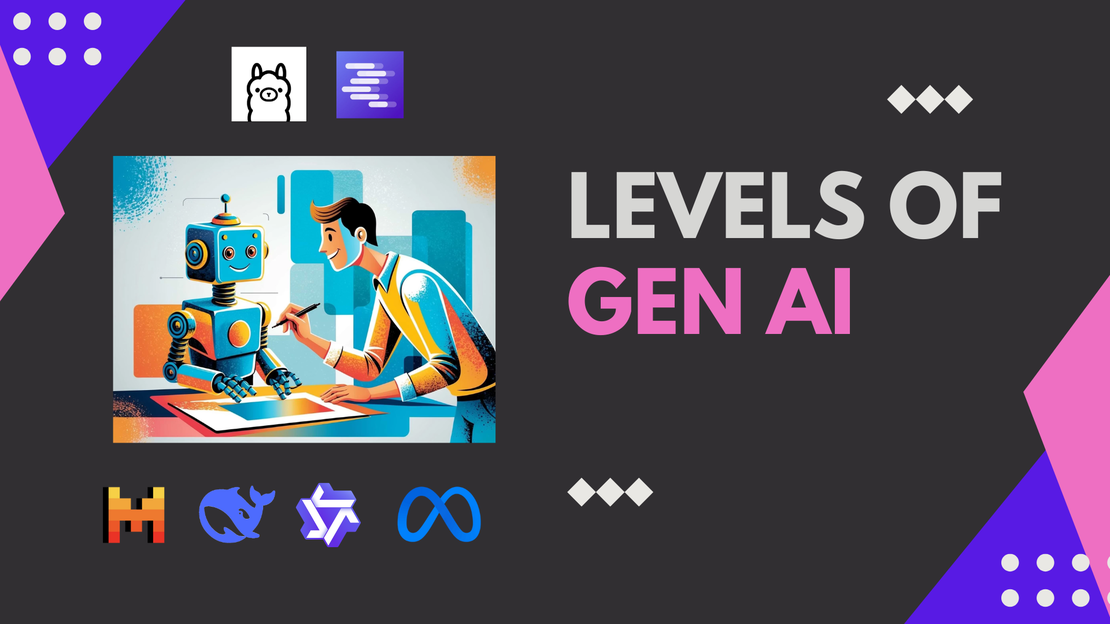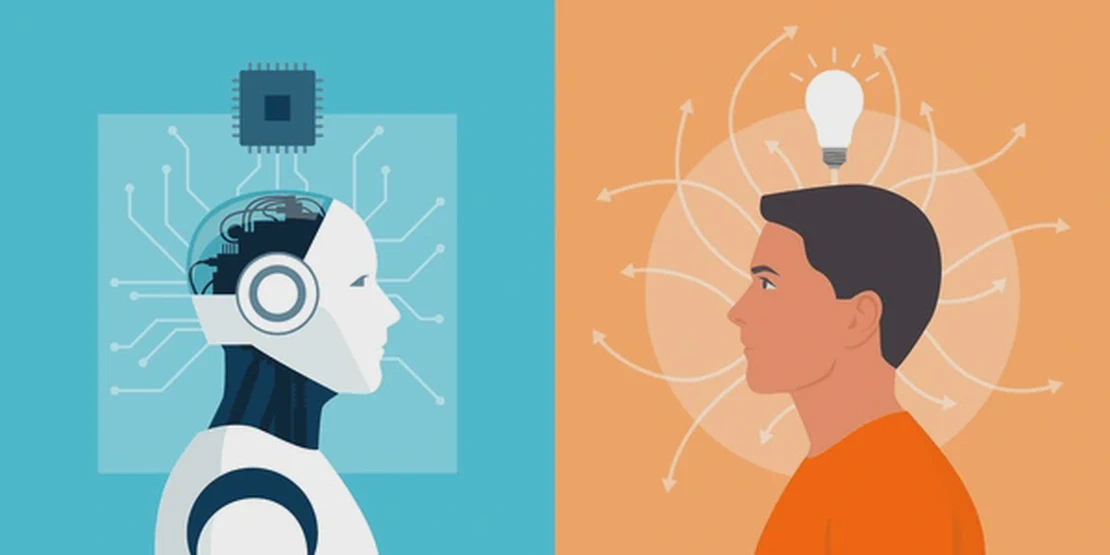Yes, I’m starting to write my tech blogs in 2025, a time when AI tools like ChatGPT generate an overwhelming amount of technical content. But that doesn’t mean human-written blogs are obsolete. As a software engineer, I’m starting this blog to share real-world experiences, context-rich problem-solving, and personal lessons that AI simply can’t provide. Writing helps me deepen my understanding, grow professionally, and give back to the developer community. AI is a powerful assistant, but your voice, your perspective, still matters.
Introduction
In a world where ChatGPT can generate thousands of words in seconds, the idea of starting a technical blog might feel outdated or even unnecessary. After all, if an AI can explain how to use Docker, write code snippets, and troubleshoot errors, what could I possibly add?
As a software engineer, I’ve wrestled with this thought for months. Technically, this isn’t my first blog, I actually wrote my first one over a decade ago during my bachelor’s studies. It was about an old statistical programming language called R. (I dont recommend to read it 😄 https://amarnaththillai.wordpress.com/2015/07/15/a-brief-about-r/) At the time, I was only familiar with general-purpose languages like Java, Python, and JavaScript as part of my academic curriculum. Stumbling upon R fascinated me, it was purpose-built for statistical computing, came with a dedicated IDE, and offered so much out-of-the-box for statistics and machine learning.
But, as you’d expect, life happened. That ended up being my first and last blog post for nearly ten years.
So here I am, making my second attempt at blogging. Not to compete with AI, but to contribute something AI can’t: my personal journey, hands-on experience, and the messy, real-world lessons that no chatbot can replicate.
This blog isn’t just about sharing knowledge. It’s about building a voice, documenting what I’ve learned, and connecting with other developers human to human. Here’s why I believe writing a technical blog still matters, maybe now more than ever.
The Current Landscape of Technical Content (2025)
The internet is saturated with technical content. A large chunk of it is now generated by AI tools like ChatGPT, GitHub Copilot, and dozens of niche LLMs. Need to write a CRUD app with Node.js and MongoDB? There’s a prompt for that. Want an explanation of tail recursion in Python? Type it in, and voilà.
While the accessibility of information is incredible, it’s also overwhelming. With so much content floating around, distinguishing depth from surface-level explanations has become harder. There’s a growing paradox despite more information, developers still feel lost.
Here is a chart that shows the decline of questions asked in stack-overflow:

It is one of the clearest signs of this shift is visible in the decline of questions asked on Stack Overflow. Once the go-to platform for developer Q&A, Stack Overflow peaked around 2014–2017 with over 200,000 questions per month. However, since the launch of ChatGPT in late 2022, there’s been a sharp and consistent drop in new questions. Developers are increasingly turning to AI for instant answers rather than engaging with community discussions. While this may speed up debugging, it also reduces exposure to alternative solutions, deeper context, and collective knowledge sharing, which is exactly what thoughtful blogs can still provide.
This overload makes original, well-thought-out human content more valuable than ever.
Why Bother Writing as a Human?
“Because humans connect through stories, not just facts.”
In a world where AI can churn out technically correct answers within seconds, you might wonder, what’s the point of writing anything yourself? The answer is simple: humans connect through stories, not just facts.
When I read a blog post where a developer explains why they chose a certain library over another, or how they spent hours debugging a race condition that only showed up in production at 3 a.m., I’m not just absorbing information, I’m gaining perspective. I’m learning how they think, how they make trade-offs, and how they stay calm under pressure. These insights go beyond code snippets and API docs. They give me confidence, a sense of camaraderie, and a clearer picture of how problems are solved in the real world. That kind of empathy and nuance is something AI can’t replicate, because it doesn’t live the problem.
Human writing has rough edges. It carries emotion, struggle, humor, and context. Those are the things that make it stick. Ever noticed how you remember a bug fix better when someone told you a story about how it broke their Friday deploy? That’s the power of storytelling, and it’s deeply human.
That’s the magic of human storytelling, it’s not just about passing on facts, but sharing the weird, funny, and unforgettable moments that shape our careers.

Take this blog, a collection of real software folklore: from an inappropriate error message unintentionally broadcast across WebTV devices, to radiation-contaminated cows that once disrupted Russian train systems due to overcautious safety thresholds coded into transportation software. These are not things you’ll find in neatly filtered AI-generated content. They’re messy, human, and surprisingly educational. Stories like these not only stick, they help us relate, learn, and laugh. AI can simulate documentation, but it can’t live through debugging a production outage at 3 a.m. or watching a profanity dialog show up on 16 screens at once.
Take for instance Dan Abramov, the co-author of Redux and a React core team member. On his blog Overreacted.io, he often explains not just how React works, but why certain decisions were made, and what he personally struggled with while learning. In his post “Things I Don’t Know As of 2018”, he writes:
“Sometimes I feel like an impostor because my mental model of some core programming concepts is fuzzy. So I write about the things I understand better than others and avoid talking about the rest.” – Dan Abramov
That vulnerability and honesty make his writing memorable, not just because it teaches, but because it connects.
Also, let’s not forget that writing helps you more than anyone else. The process of explaining something forces you to slow down, break it apart, and simplify. It exposes gaps in your understanding. It challenges your assumptions. Even if no one reads your post, you’ll come out the other side smarter and sharper.
It’s like talking to a rubber duck, but in this case, your future self (or maybe a stranger halfway across the world) might stumble upon it and be genuinely grateful you took the time to share.
In an era where content is abundant but connection is rare, human-authored blogs are not obsolete, they’re essential.
Writing With AI, Not Against It
Let’s get one thing straight: I’m not trying to outwrite AI. I use tools like ChatGPT almost every day. They’re fast, helpful, and surprisingly insightful—like a supercharged rubber duck with autocomplete. But while AI is great at generating content, it still lacks something crucial: lived experience.
I treat AI like a co-author, not a competitor.
I ask it to:
- Brainstorm blog post ideas
- Polish up grammar
- Generate quick code examples or diagrams
- Research and summarize concepts I already understand
But then I do the part it can’t: I add the human layer. I explain why I made a certain trade-off. I talk about what actually happened in production. I share how a tool performed under real pressure, or how my team adapted an idea to fit our specific workflow.
Because here’s what AI still misses—context.
It doesn’t know what it’s like to lose a day because of a single misconfigured line in a 500-line YAML file. Or to refactor a legacy service with zero tests under a tight deadline. It can’t tell you why you chose an event-driven architecture over a monolith, or how your team’s culture shaped your code review process. These aren’t hypothetical scenarios—they’re hard-won lessons. And when developers share them, it helps the whole community grow.
In this era of AI-saturated content, what we need isn’t more information—we need perspective. We need the real-world, rough-edged, context-rich insights that only come from human experience.
So don’t worry about competing with AI. Let it take care of the boilerplate so you can focus on what matters: telling the story only you can tell.
Every developer has had that moment: stuck on an obscure bug, until some stranger’s blog saved the day.
I’ve lost count of how many times I’ve found the answer in a 4-year-old blog post or GitHub comment buried 30 replies deep. These unsung heroes weren’t writing viral content. They were just documenting what they learned.
Your voice could be that lifeline for someone else.
You don’t need to write “10x engineer” content. Even a short post on a simple fix, or your experience with a new tool, can save someone hours. That’s impact.
Conclusion
AI might be changing the way we write, code, and learn but it’s not replacing the human voice. Not yet, and not entirely.
Your experience matters. Your mistakes matter. Your perspective matters.
That’s why I’m starting this blog in 2025. And I hope you’ll consider starting yours too. Let’s keep the human touch alive one story, one bug fix, one blog at a time.




